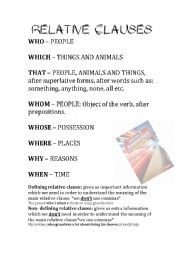
|
Relative clauses
A handout which explains very simply the way relative clauses are used what they mean and the difference between definite and indefinite relative clauses
Level: intermediate
Age: 9-100
Type: grammar-guide
Downloads: 28
|
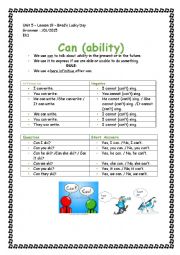
|
Can for ability
A handout that explains the actual use of the modal can when used to describe ability
Enjoy!
Level: elementary
Age: 7-17
Type: grammar-guide
Downloads: 35
|
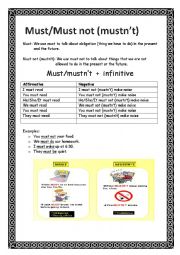
|
Must or mustn�t
A handout which explains the use and formation of the modal must
Level: elementary
Age: 7-16
Type: grammar-guide
Downloads: 35
|
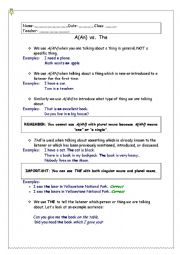
|
A, AN or THE
A useful handout that can be used to explain how to use each article
Level: elementary
Age: 8-14
Type: grammar-guide
Downloads: 33
|
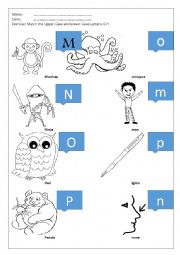
|
Matching exercise for upper-lower letters m,n,o,p
A useful handout which can help students recognize,match and learn upper and lower cases and learn new words
Level: elementary
Age: 5-9
Type: worksheet
Downloads: 3
|
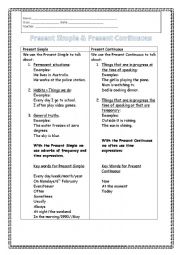
|
Present Continuous and Present Simple
A useful handouts which explains when each tense should be used
Level: intermediate
Age: 9-100
Type: grammar-guide
Downloads: 23
|
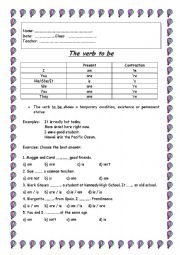
|
The verb to be
A handout which can be used to explain to students the most basic verb in the English language and its use. It also contains a simple multiple choice exercise.
Level: elementary
Age: 5-16
Type: grammar-guide
Downloads: 33
|
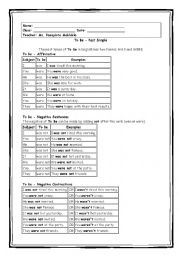
|
The verb to be in Past Simple
A handout which explains the use and formation of the very basic verb to be in past simple
Level: elementary
Age: 8-17
Type: grammar-guide
Downloads: 18
|
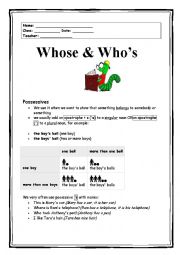
|
Whose & Who�s
A handout which explains the use of the possessive whose and also the difference between whose and who�s
Level: elementary
Age: 8-100
Type: grammar-guide
Downloads: 24
|
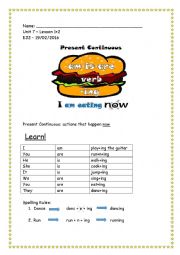
|
Present Continuous Affirmative
A handout which explains the formation of Present Continuous in Affirmative together with some spelling rules
Level: elementary
Age: 8-100
Type: grammar-guide
Downloads: 13
|